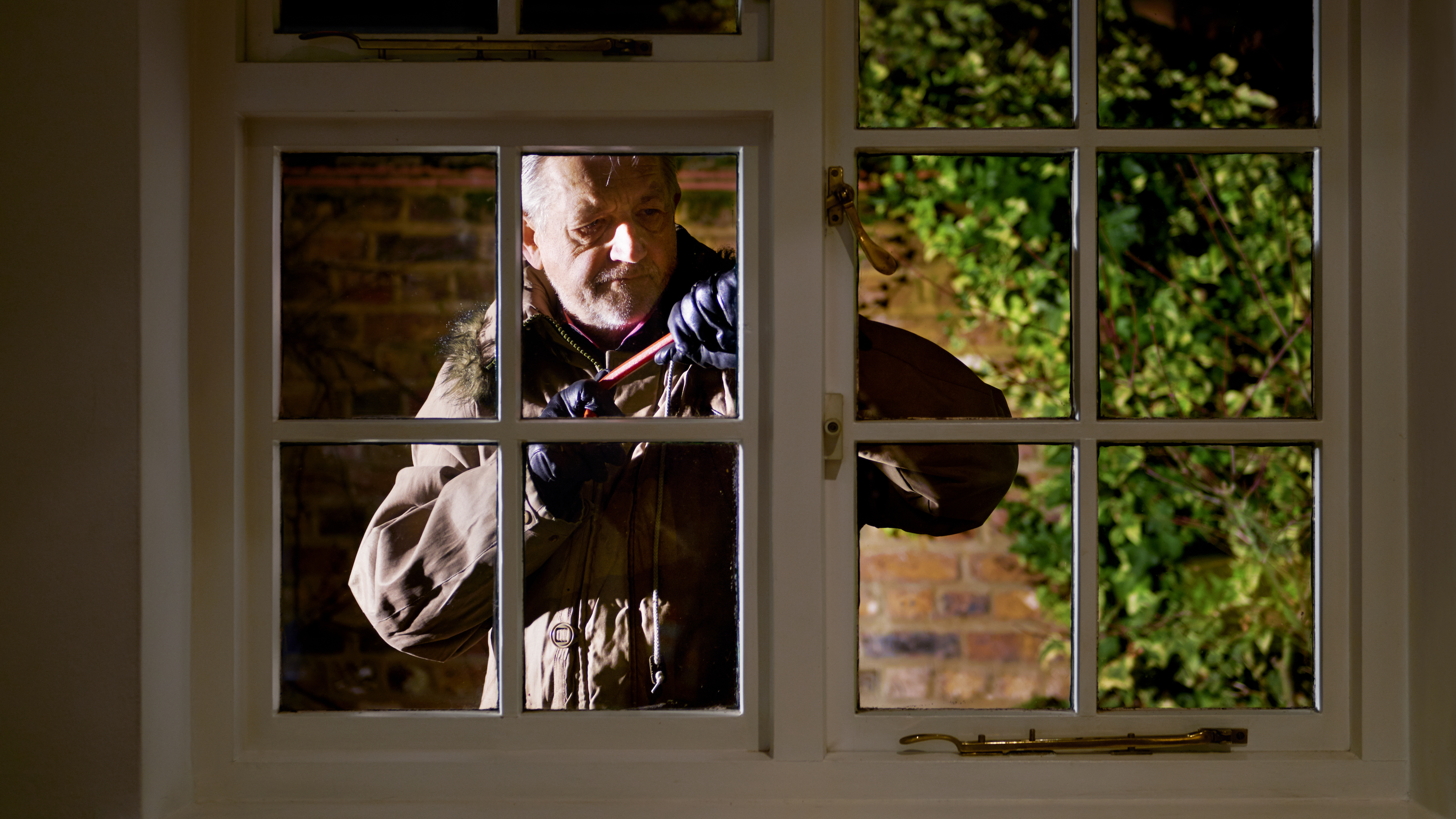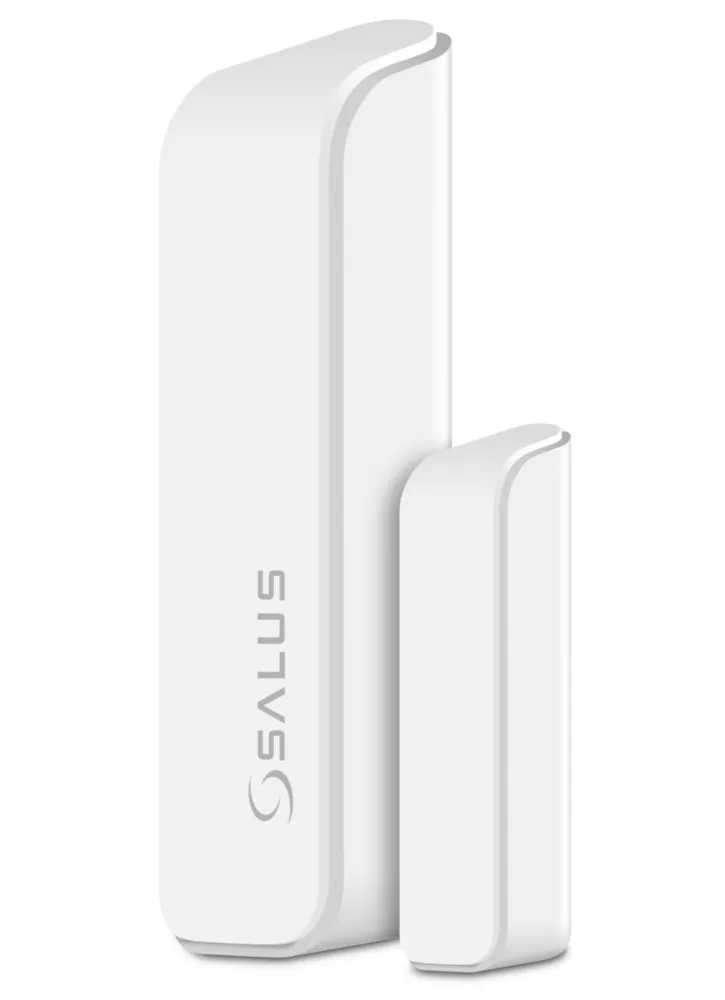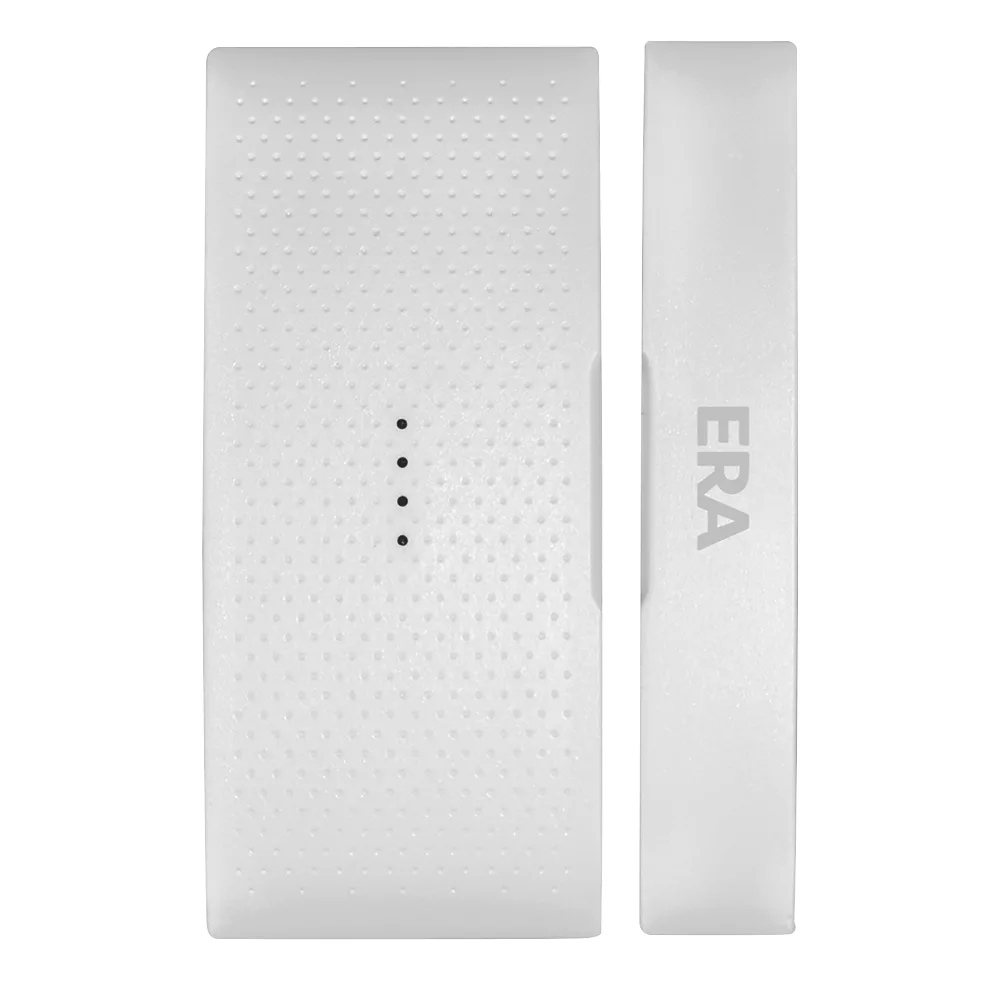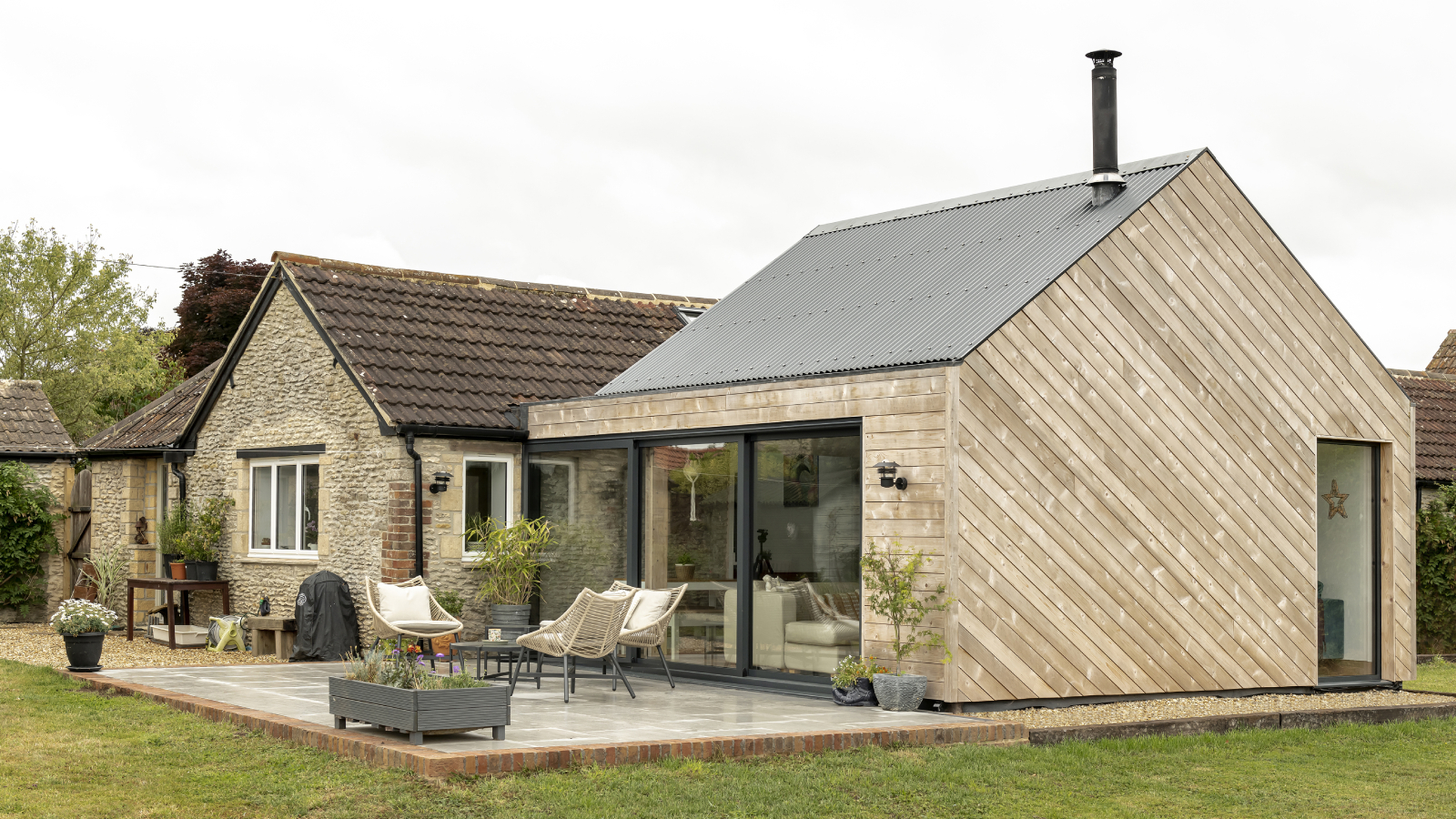Are your windows at risk from burglars? How to maximise home window security to keep your possessions safe
Discover the options for burglarproofing the windows of your home in our guide, from motion sensors to special glazing

Improving your home window security can be a vital task. Burglaries are often opportunistic crimes, according to Police UK, and burglars look for vulnerable windows because they can provide easier access than doors.
Effective home security systems can alert you to the presence of intruders and might provide evidence if you do fall victim to a crime. But as well as considering an alarm, CCTV cameras and lighting, securing potential access points like windows is a must to keep belongings and family members safer.
Here, we’re sharing the ways to maximise home window security including the locks, sensors and glazing options to consider, along with the practices that will make burglars think twice about targeting your home.
1. Focus on window locks
Locks will optimise window security. The Metropolitan Police advises the use of key-operated locks on windows that open out rather than up and any ground floor or accessible windows. However, given that burglars may steal an unsecured ladder or bring one with them and target upper floor windows that appear to be unlocked, it also recommends locks or sash stops for these windows.
If you have sash windows, sash stops such as the Fulton & Bray FB319 Sash Window Stop Restrictor from Amazon can prevent someone opening the window enough to climb through it.
UPVC, wood and aluminium windows often have multipoint locks operated via the handle. Alternatively, shootbolt locks – as the name suggests – have bolts that, when the handle is turned, secure the window to the frame.
To boost security, UPVC and wooden windows can additionally be fitted with sash jammers – like the Schlosser Technik Key Locking Sash Jammer at B&Q – which prevent the window from opening if a burglar bypasses the lock. They can be fitted to inward and outward opening windows. To maximise security, look for a design that bolts through the frame and can be operated from the outside, says the Master Locksmiths Association.
Bring your dream home to life with expert advice, how to guides and design inspiration. Sign up for our newsletter and get two free tickets to a Homebuilding & Renovating Show near you.
Be sure to check the details of your home insurance as it may specify the use of specific lock types and failure to fit them could mean the policy won’t pay out in the event of a break-in.
And if you want window restrictors (like the Cardea Solutions Essential Window Restrictor from Robert Dyas) that allow the window to be opened a little for ventilation make sure these cannot be unlocked or the locks picked from the exterior of your home.

2. Fit window sensors
Using window sensors can warn you when a break-in is attempted, and there are two different types you can consider.
“Contact sensors alert you when a window is opened and are ideal for ground floor and accessible windows, especially those at the rear or side of a property where visibility is lower,” says Anthony Neary, security expert at Safe.co.uk. “They are simple to install and integrate easily with smart home alarms to trigger instant alerts.
“Glass break sensors, on the other hand, detect the sound frequency or vibration of shattering glass,” explains Anthony. “They’re particularly useful for large or fixed pane windows where an intruder might break the glass without opening the window itself.
“Combining both types of sensors ensures you’re covered whether an intruder attempts to force entry or smash their way in,” he advises.

Anthony Neary is the founder and security expert at home and business security retailers Safe.co.uk. With over 15 years of industry experience, he specialises in security solutions and how to keep properties safe.
3. Add motion sensors
Motion sensors can also boost window security and should be part of your home security system.
“While window sensors cover the point of entry, motion sensors provide an added line of defence by monitoring the space itself,” explains Anthony Neary. “If a burglar manages to bypass a window sensor, motion detectors can still detect movement inside the home and trigger the alarm.
“They’re best positioned in main ground floor rooms with multiple entry points, such as living areas, hallways, or near staircases where an intruder is likely to pass through. In open-plan spaces, consider sensors with wide angle coverage to capture as much of the space as possible with just one device.”
Shop window security
4. Think security bars and grilles
Security bars and grilles create a physical barrier for the most vulnerable windows. They can also be a visual deterrent to burglars.
You can opt for retractable grilles if you’d prefer that one of these isn’t in place all the time. Take a look at the Security Direct High Security Retractable Window Grille at B&Q. Window bars, meanwhile, can also be retractable or fixed versions.
5. Opt for laminated glass
Laminated glass is a glazing option that can boost window security.
“Using laminated glass can improve window security as the glass is almost impossible to break,” explains Liam Spencer, owner of Northallerton Glass. “Even if someone does manage to break the window, the interlayers of the laminated glass would hold up the structure of the window pane and make it difficult to widen the hole to gain entry.”
Which windows should you consider using laminated glass in? “In terms of security, it is best to use laminated glass in street-facing windows, ground floor windows, on balconies and in conservatories,” says Liam.

Liam Spencer is the owner of Northallerton Glass, and has a decade of experience in the glass processing and glazing industry. He enjoys taking on bespoke or unusual projects, as well as standard glass merchant tasks. He has a wide range of knowledge on domestic and industrial glass that he likes to share to help consumers with every step of planning and development.
6. Consider toughened glass
Toughened glass is an alternative to laminated glass you may want to think about for some windows.
“Toughened glass is believed to be up to five times stronger than standard glass,” says Liam Spencer. “Compared to laminated glass that is held together with a PVB layer to prevent it shattering, toughened glass shatters into smaller pieces with dull edges. Although it has a higher break point than laminated glass, it is used more where safety is a concern instead of security. However, despite it not being marketed as offering resistance to intrusion, it can still be good to use in ground floor or low level windows as it is much harder to break than laminated glass.”

7. Use security film
If you’re looking for a lower budget alternative to fitting laminated or toughened glazing, consider fitting security film to ground floor or accessible windows.
Security film can hold glass together in the event a burglar tries to smash their way in, making it more difficult to get into the house. It is easy to install and can be cut to size to fit a window plus it won’t block the light. Check out BDF S4MC Window Film from Amazon.
8. Prevent access
As well as the physical and smart ways to improve window security, there are other actions you should take to prevent access to your home.
If there are bins or items of garden furniture burglars could climb up on to access windows, secure them in a bin store or shed respectively. Also, if you have a ladder that could help someone get into your house, follow shed security advice and invest in a shed alarm if it’s kept in there or maximise garage security if that’s where it’s stored.
If you’re fitting replacement windows to your home or choosing windows for a self-build, think maximum security from the start. You could opt for Secured by Design windows, or look for those certified to PAS 24.
Sarah is a freelance journalist and editor writing for websites, national newspapers, and magazines. She’s spent most of her journalistic career specialising in homes.
She loves testing the latest home appliances and products, and investigating the benefits, costs and practicalities of home improvement. She is an experienced renovator and is currently remodelling the ground floor of her new home.
She was Executive Editor of Ideal Home and has worked for Your Home and Homes & Ideas. Her work has published by numerous titles, including The Guardian, channel4.com, Houzz, Grand Designs, Homes & Gardens, House Beautiful, Homes & Antiques, Real Homes, The English Home, Period Living, Beautiful Kitchens, Good Homes and Country Homes & Interiors.



